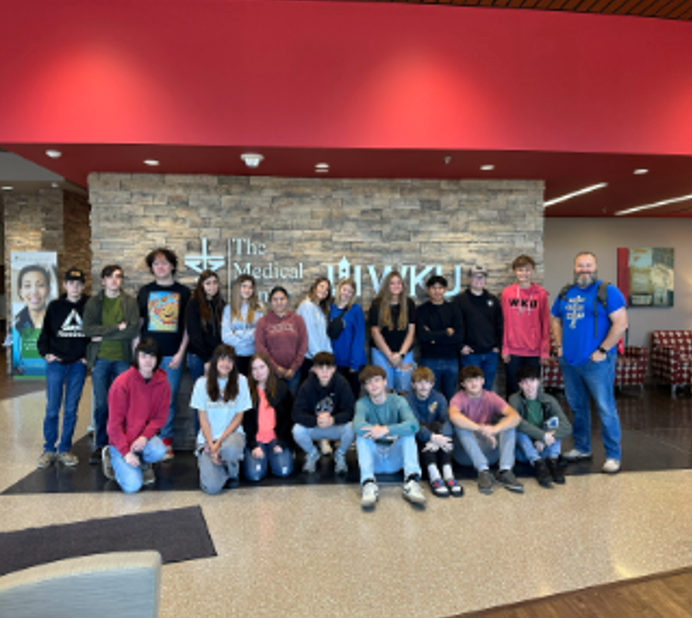March 13, 2025
Empowering Students, Strengthening Communities Butler County Schools is making bold strides to provide high-quality education, career readiness, and equitable opportunities for its students. Located in Morgantown, Kentucky, the district serves over 2,100 students across five schools, focusing on academic excellence, character development, and preparing students for lifelong success. With the recent increase in SEEK funding and the expansion of dual credit scholarship opportunities, Butler County Schools is ensuring that every student—regardless of background—has the tools they need to thrive in an ever-changing world. Addressing Funding Disparities in Rural Schools One of the biggest challenges rural school districts face is maintaining facilities, attracting top educators, and providing students with the same cutting-edge educational experiences found in wealthier, urban areas. Butler County Schools has been at the forefront of advocating for Tier 1 Funding Equalization, ensuring that all Kentucky students have access to the same opportunities, no matter where they live. With additional SEEK funding, the district is tackling these disparities by: • Improving school facilities to create a safe and modern learning environment. • Enhancing teacher recruitment efforts to attract and retain highly qualified educators. • Expanding student programs to provide diverse career pathways and extracurricular opportunities. Expanding Dual Credit Opportunities: A Game Changer for Students One of Butler County Schools’ most impactful initiatives is its Dual Credit Scholarship Program, allowing students to earn college credits while still in high school. By reducing financial barriers, the district is helping families save thousands on tuition costs while preparing students for postsecondary success. The Impact: 📊 86.6% of Butler County students are Postsecondary Ready – achieving success through dual credit courses, academic readiness, or career certifications. 🎓 79.9% of students are Career Ready, with 66.4% earning Industry Certifications that set them apart in the workforce. 📈 10% increase in math proficiency and 8% increase in reading proficiency, demonstrating the effectiveness of targeted academic interventions. 📉 4% reduction in novice learners, showing a strong commitment to student support and success. Student Perspective: “The dual credit program has been life-changing for me. I’m earning college credits before even graduating high school!” – Butler County High School Senior Investing in Innovation: How Butler County Schools is Leading the Way To ensure personalized learning experiences for every student, Butler County Schools is investing in STEAM programs, career and technical education, and state-of-the-art resources. These efforts provide students with hands-on learning, mentorship opportunities, and industry partnerships that prepare them for real-world success. Key Areas of Focus: ✔ Technology & Career Training: Collaborating with local colleges and industry leaders to provide cutting-edge education and hands-on learning experiences. ✔ Community & Family Engagement: Partnering with businesses to offer internships, mentorships, and career exploration programs. ✔ Workforce Preparation: Ensuring students graduate with real-world skills, industry certifications, and a competitive edge in the job market. The Future of Butler County Schools: What’s Next? The district isn’t stopping here. Butler County Schools is committed to expanding opportunities, securing additional funding, and implementing new initiatives to better serve students. 🔹 Upcoming Enhancements: ✔ More career pathways aligned with workforce demands. ✔ Increased funding for STEAM education and technology integration. ✔ Additional scholarships to help even more students access college-level courses. Butler County Schools: A Commitment to Excellence At Butler County Schools, education isn’t just about academics—it’s about empowering students, strengthening communities, and shaping the leaders of tomorrow. Through increased funding, expanded dual credit opportunities, and a dedication to innovation, the district is ensuring that every student has the opportunity to succeed.







